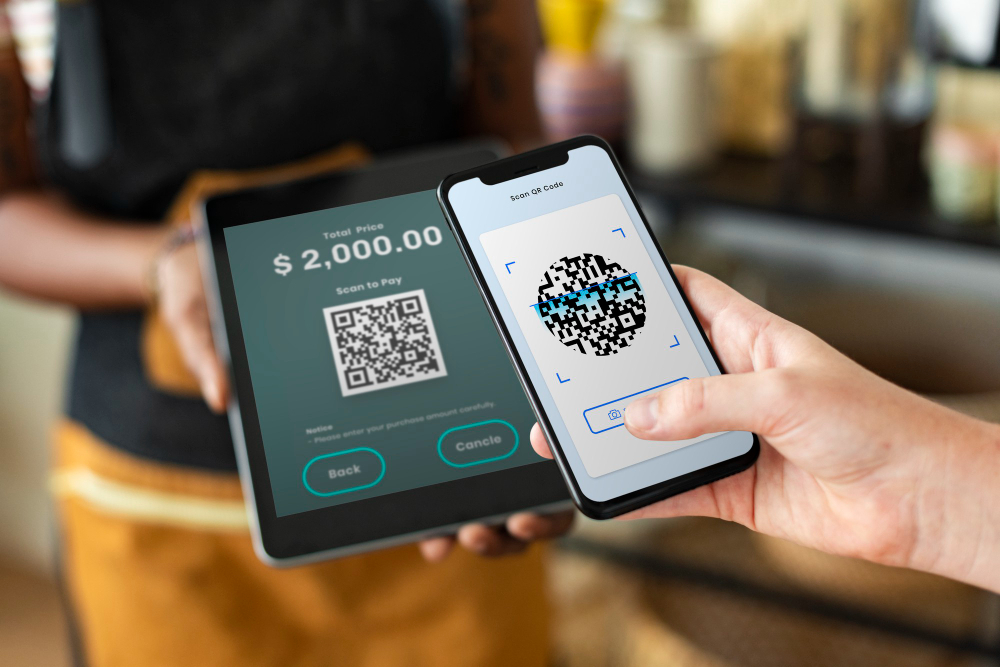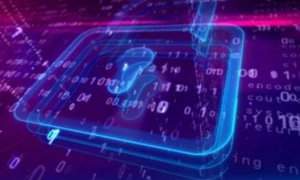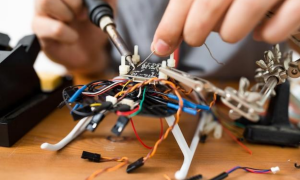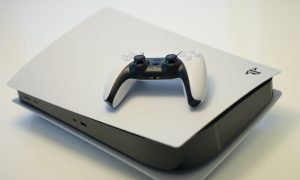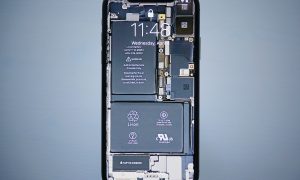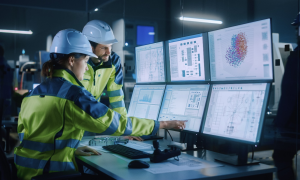If you have ever bought anything online or offline, you have probably seen a label of bars attached to the product package. They are usually linear horizontal black lines on a white background. The lines differ in width and they are separated by white spaces. This is what is referred to as a bar code. Information about the product is encoded in the bars, including product name, manufacturer, manufacture date, weight, price, and other details. This is what retailers and manufacturers use to manage inventory and also identify products. Each product has a special bar code attached to it.
When you swipe on it with a barcode reader, the details of the product are reflected on the monitor. Most bar code readers or scanners use laser technology. This enables them to scan from all directions.
Who Invented Barcode Technology?
Norman Joseph Woodland and Bernard silver are the inventors credited for inventing barcode technology. It is believed that this idea was conceived around 1924. The two principles worked on different ways to streamline the retail checkout process. At the time, retailers, warehouse managers, and manufacturers were grappling with inventory management issues.
They used Morse code to develop a system where products can be marked using lines, circles, and dashes. They tried several variations and settled for bullseye patterns. They were granted a US patent for the technology in 1952. Technology was developed and refined over time. It has become the universal code for labeling products.
Types of Barcodes
1D (one-dimensional) barcodes
Dimension bar codes are what most people are familiar with. Particulars of the product are encoded in horizontal bars with varying widths. These codes are scanned from left to right by the electronic reader. The size or height of the bar code depends on the available space on the product package. All consumer products sold online or offline have these codes. That is probably why you are familiar with it.
2D (two-dimensional) barcodes
Two-dimensional barcodes are in square or rectangular shapes. The rectangles or squares have some dots within. They are commonly used on business cards, driver’s licenses, healthcare, warehouse, etc. the most commonly used types of 2D codes are QR codes, PDF417, and data matrix. 2D barcode usage is increasing by the day. This is probably because it can easily be read using mobile phone apps.
Technologies That Used To Read Barcodes
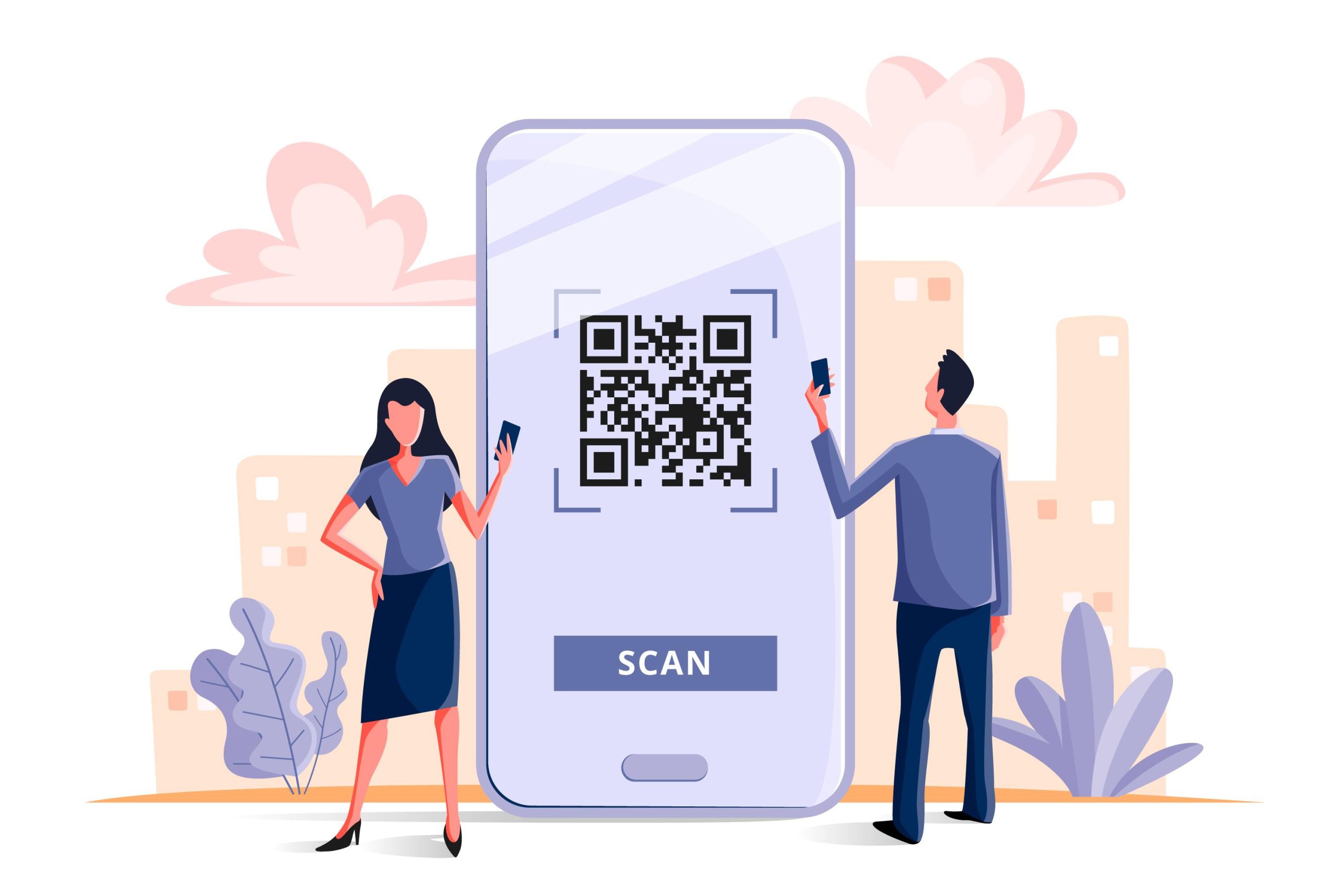
It is difficult to derive any meaning from barcodes. You need a special set of devices that can scan and read the codes. You’ll find many types of barcode scanners and readers in the market. Some of the common ones include:
Pen barcode readers
They resemble pens. The tip contains a semiconductor diode and LED light. To scan using this read, simply pass the tip of the device over the barcode, it will scan it and related information to the processing device. They are cheaper than most scanners. Some people prefer them because they are cheaper than most scanners.
Laser scanners/readers
These scanners use light beams to scan bar codes. They are more advanced than pen readers. Laser scanners are fast and can read codes from long distances. The downside is that they can’t read 2D barcodes.
LED (light-emitting diode) scanners
They are also known as CCD (charged coupled device) scanners. This type of barcode reader is more durable than pen and laser readers. That may be why it is more used for industrial purposes.
2D barcode readers
There are different ways you can scan 2D barcodes. It is possible to use smartphones to read 2D barcodes. Simply install a barcode reader application on your phone.
Benefits of Barcode Technology
Inventory management was troublesome for large retailers and manufacturers before the invention of barcodes. Today, products and other items can be easily labeled and stored. Businesses can now streamline stock control. Some of the benefits of barcode technology include.
- Barcode technology is versatile and can be applied to different functions. It can be used for inventory management and other forms of data collection. They can be used to track the number of items and business operations.
- Barcodes are cheap to both generate and print. Once they have been generated you can print them onto different materials depending on the purpose.
- Inventory tracking and management are a breeze with barcode technology. It makes it possible for you to know where different items, materials, equipment, and products are at a particular time. This saves time, reduced costs, and increases efficiency.
- The information encoded in barcodes can be retrieved and stored instantly. This simplifies data entry and saves time.
- Easy tracking of products and items increases transparency. This is very important in critical sectors like food and healthcare.
- Barcodes reduce errors related to data capture. Most businesses suffer significant losses as a result of mistakes made by data entrants.
- The time warehouse management takes to train new workers is significantly reduced. Barcode readers are very easy to use. People with little tech knowledge can master how to operate it quickly.
- Real-time stock data gives businesses the ability to make decisions quickly. When there is accurate inventory data, it is easy for managers to decide whether to increase or decrease production.
- Barcodes reduce labor costs as far as inventory management is concerned. Businesses don’t have to employ many people to deal with inventory and stock taking.
- Information and details related to products and other items can be changed without much difficulty.
- The overall performance of the business is improved. Different departments of businesses are connected. Errors from one department can have a ripple effect throughout the company.
Conclusion
The invention of barcodes is one of the most important discoveries for retailers and businesses that handle large volumes of inventory. Different technologies are being developed to simplify dealing with barcodes. It is easier than before for any size of business to adopt this technology in daily operations.

